View all Standards for British Columbia (2018)
Develop, refine ideas, and critically appraise ideas, processes, and technical skills in a variety of art forms to improve the quality of artistic creations
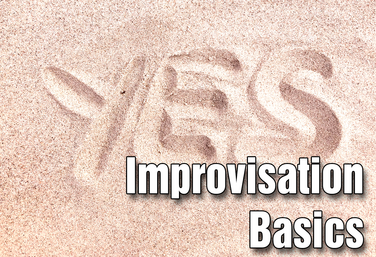
Part of the Middle School Curriculum
Unit Two: Improvisation Basics
by Lindsay Johnson
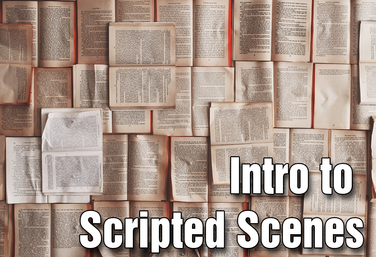
Part of the Middle School Curriculum
Unit Four: Intro to Scripted Scenes
by Lindsay Johnson
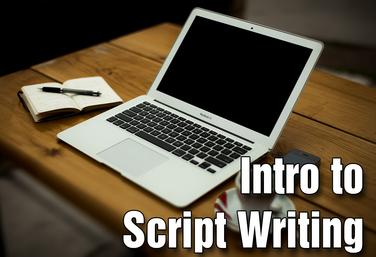
Part of the Middle School Curriculum
Unit Five: Intro to Script Writing
by Lindsay Johnson
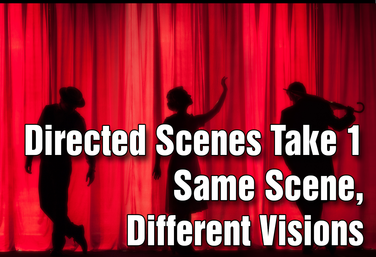
Part of the Middle School Curriculum
Unit Six: Directed Scenes Take 1: Same Scene, Different Visions
by Lindsay Johnson
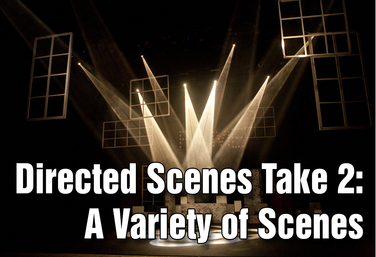
Part of the Middle School Curriculum
Unit Seven: Directed Scenes Take 2: A Variety of Scenes
by Lindsay Johnson
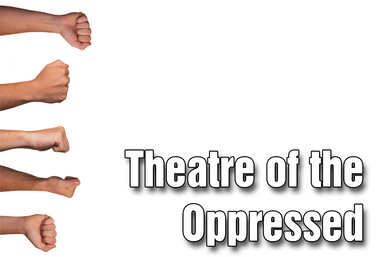
Part of the Middle School Curriculum
Unit Eight: Theatre of the Oppressed
by Lindsay Johnson
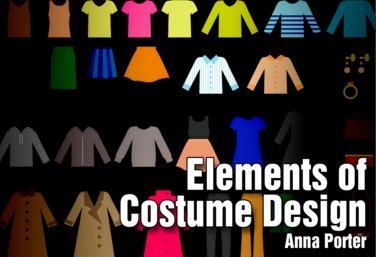
Elements of Costume Design *Hyperdoc
by Anna Porter
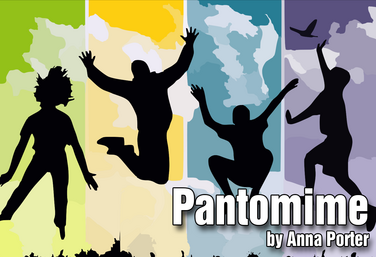
Pantomime
by Anna Porter
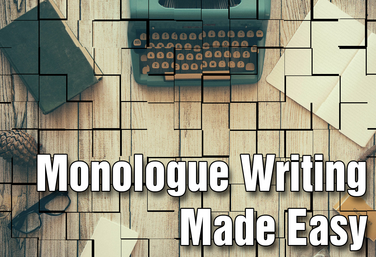
Monologue Writing Made Easy
by Matthew Banaszynski

Pantomime
by Angel Borths
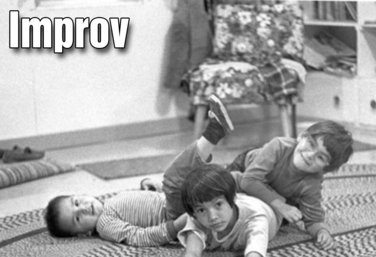
Improv
by Anna Porter
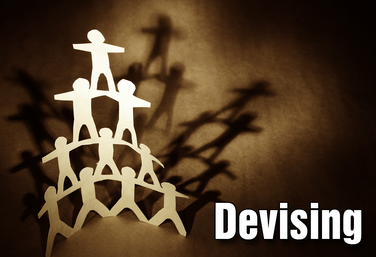
Part of the Drama Two Curriculum
Devising
by Corinna Rezzelle
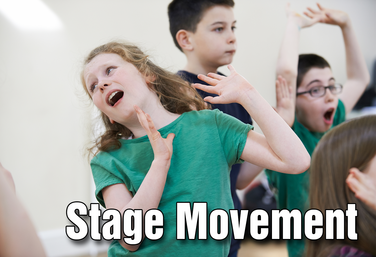
Part of the Drama One Curriculum
Stage Movement
by Karen Loftus

Part of the Drama One Curriculum
Pantomime
by Karen Loftus

Part of the Drama One Curriculum
Voice
by Karen Loftus
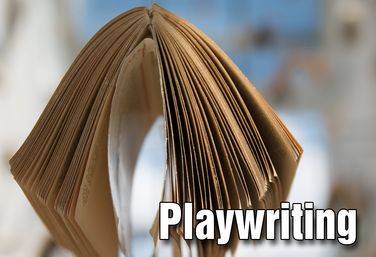
Part of the Drama One Curriculum
Playwriting
by Karen Loftus

Part of the Drama One Curriculum
Drama One Final Project
by Karen Loftus
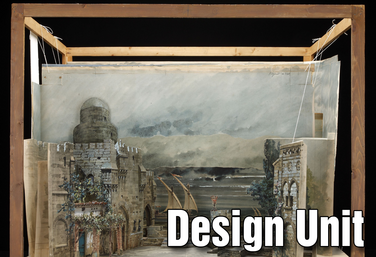
Part of the Drama Two Curriculum
Design
by Matt Webster
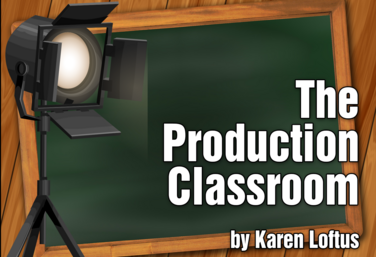
Part of the Production Classroom Units Curriculum
Part One - Pre-Production
by Karen Loftus

Part of the Production Classroom Units Curriculum
Part Two - Rehearsal and Performance
by Karen Loftus

Part of the Production Classroom Units Curriculum
Part Two - Documents
by Karen Loftus

Part of the Distance Learning Curriculum
Pantomime
by Lindsay Price and Karen Loftus

Part of the Distance Learning Curriculum
Voice
by Lindsay Price and Karen Loftus
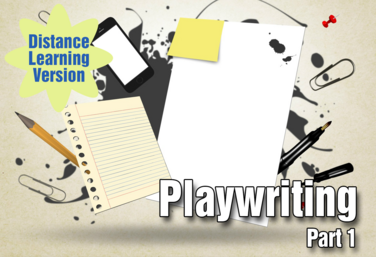
Part of the Distance Learning Curriculum
Playwriting: Part 1
by Lindsay Price
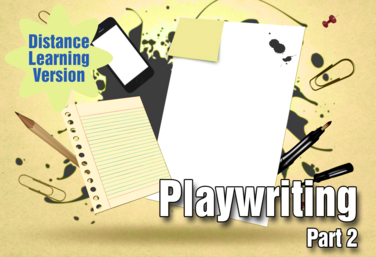
Part of the Distance Learning Curriculum
Playwriting: Part 2
by Lindsay Price

Part of the Production Classroom Units Curriculum
Part Three - Reflection and Assessment
by Karen Loftus
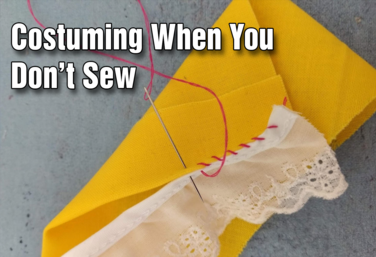
Tech Theatre Unit: Costuming When You Don't Sew
by Drama Teacher Academy

30 Second Monologues
by Lindsay Price
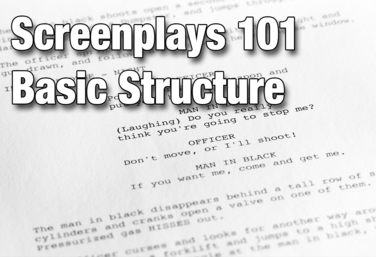
Screenplays 101: Basic Structure Unit
by Nicholas Pappas

The Do-it-All Director's Introduction to Costuming
by Holly Beardsley
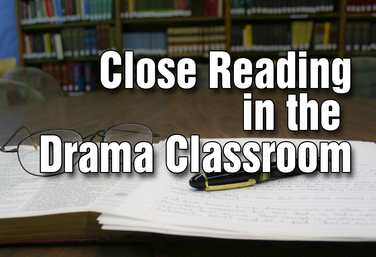
Close Reading in the Drama Classroom
by Lindsay Price

Breath Control and Projection
by Elisabeth Oppelt

Laban: Advanced Characterization
by Todd Espeland
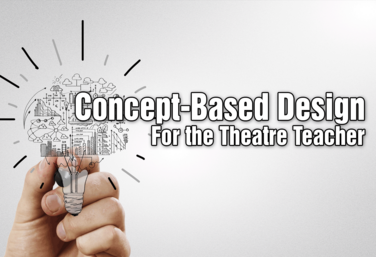
Concept-Based Design for the Theatre Teacher
by Matt Webster
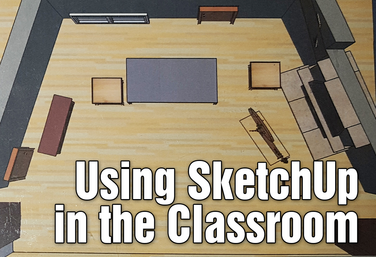
Using SketchUp in the Classroom
by Ray Palasz

The Production Classroom
by Karen Loftus

21st Century Skills Through Devising
by Allison Williams
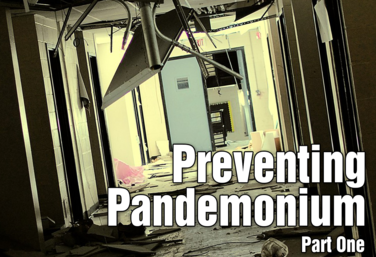
Preventing Pandemonium: Part 1
by Maria Smith
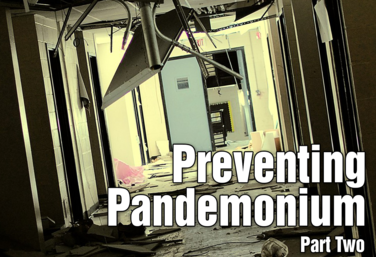
Preventing Pandemonium: Part 2
by Maria Smith
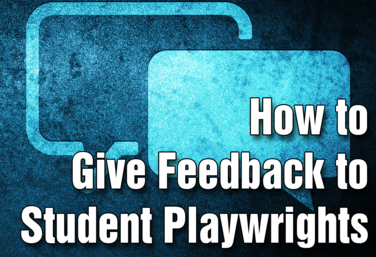
How to Give Feedback to Student Playwrights
by Nicholas Pappas
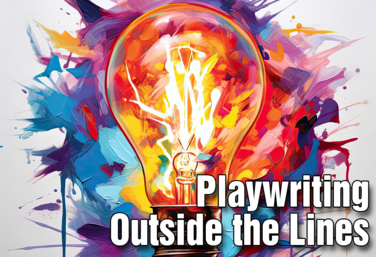
Playwriting Outside the Lines
by Steven Stack
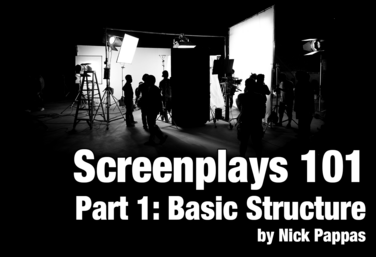
Screenplays 101 - Part 1: Basic Structure
by Nicholas Pappas
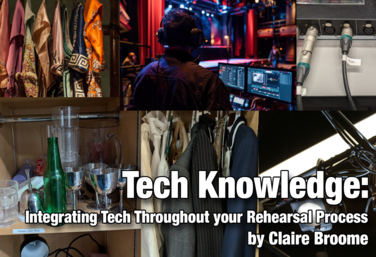
Tech Knowledge: Integrating Tech Throughout Your Rehearsal Process
by Claire Broome
View all Standards for British Columbia (2018) Standards Master List